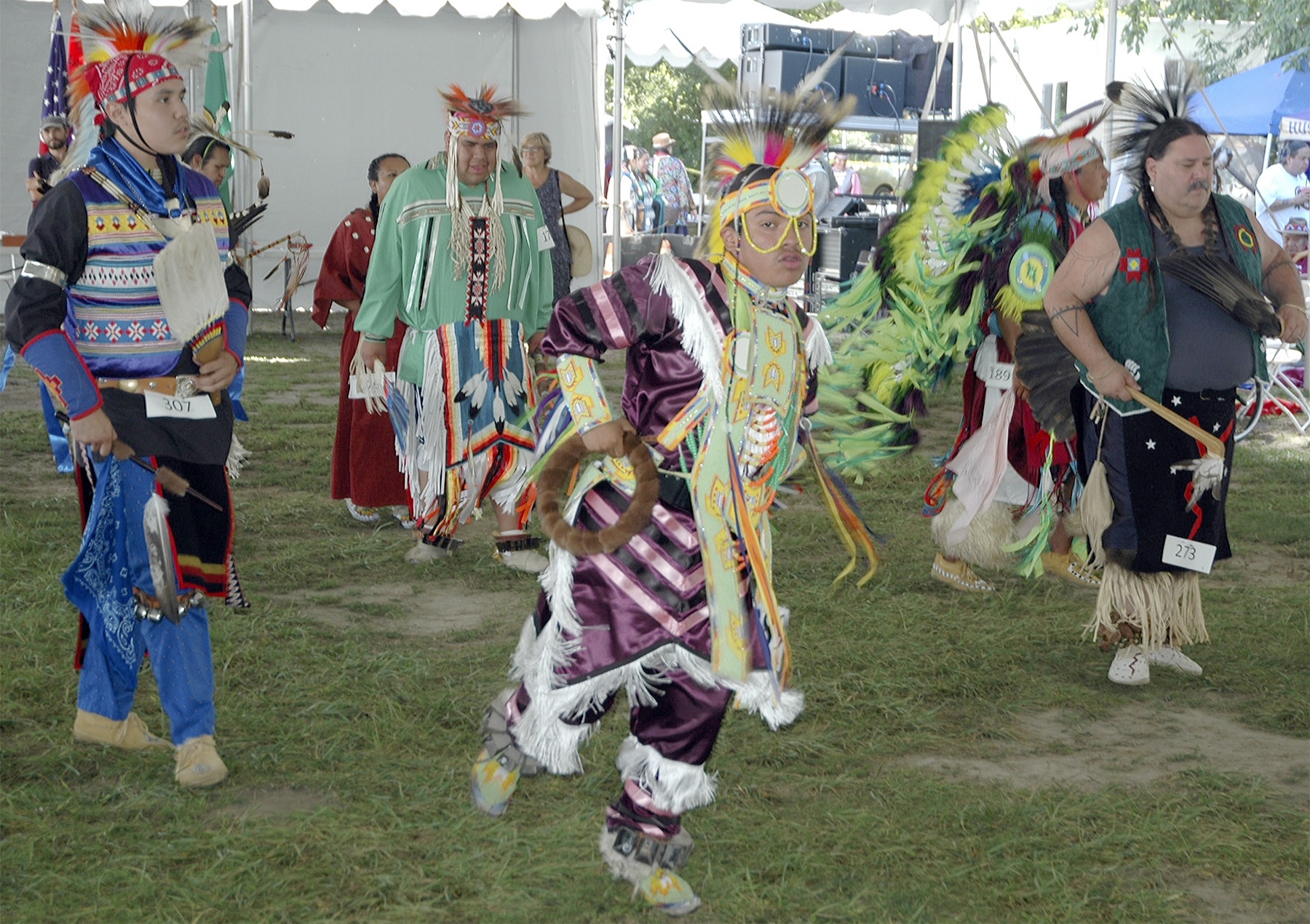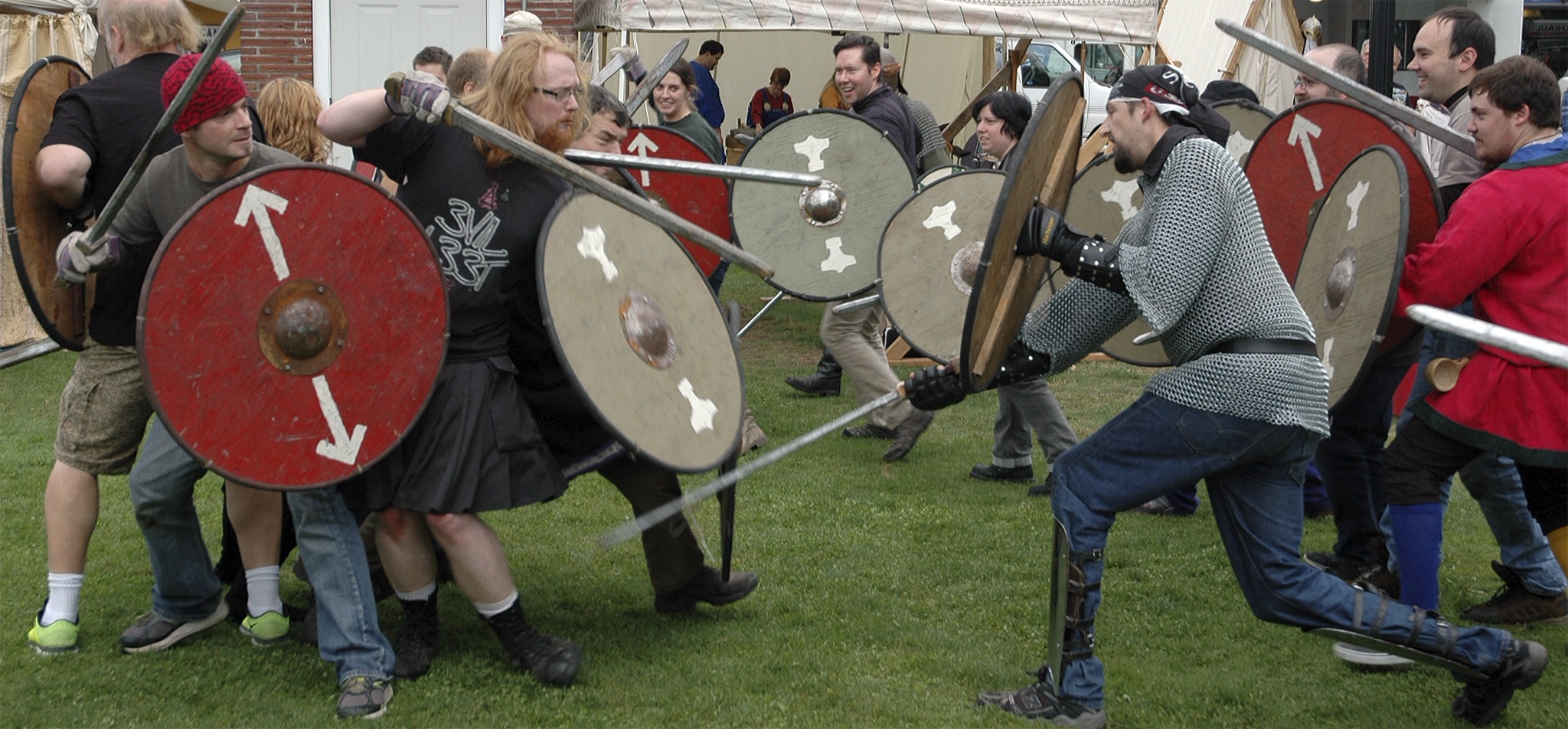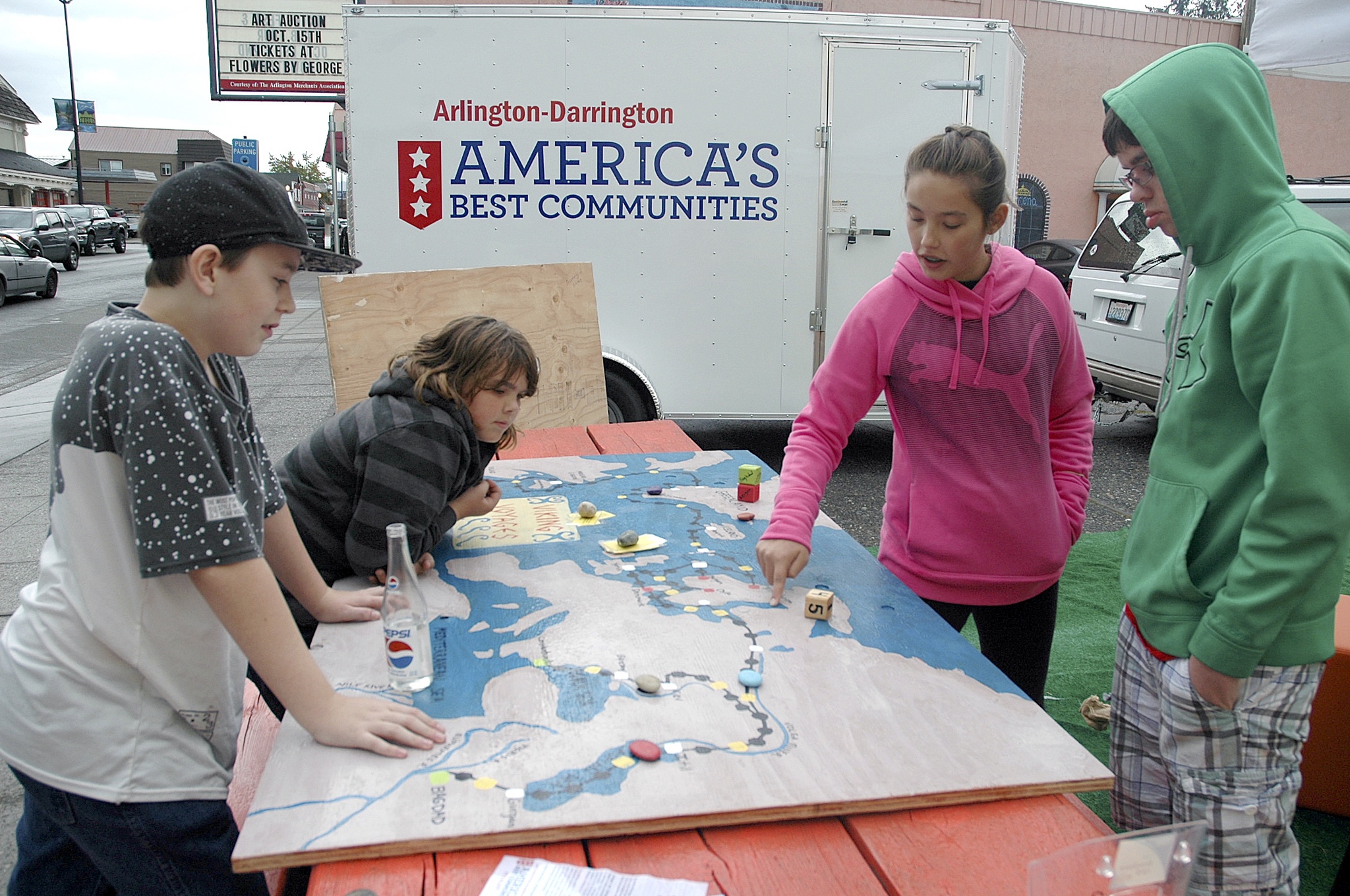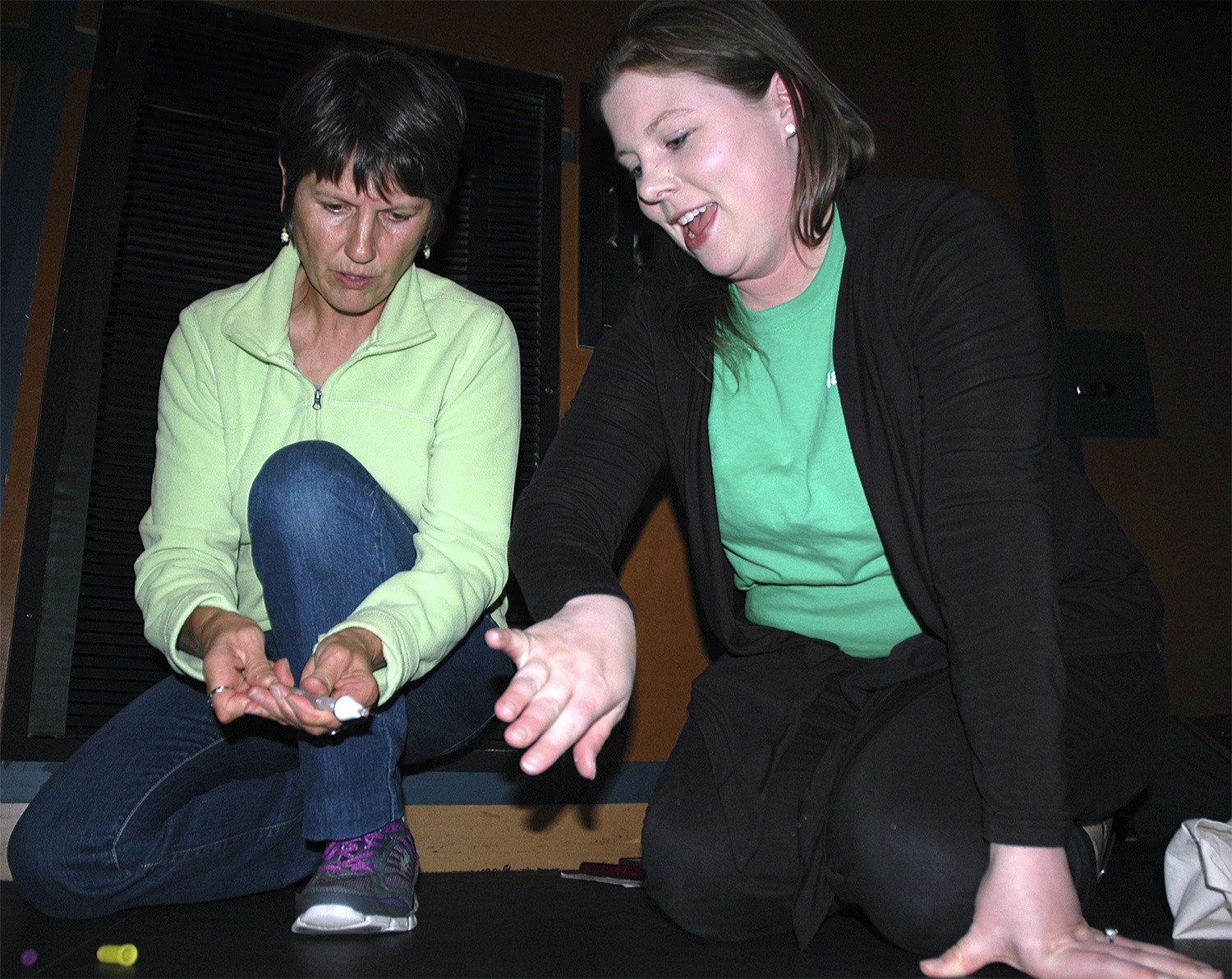ARLINGTON — The Stillaguamish Festival of the River offered no shortage of bouncy houses, diverse cuisine and concert performances, as well as booths for those who wanted to learn about the local watershed and ecosystem.
But two features provided not only education and entertainment, but also a firsthand look at folks practicing a way of life.
Before a band of professional lumberjacks demonstrated their skills at throwing axes, climbing and cutting down trees, and even chainsaw carving, members of Native American tribes from across the country converged on River Meadows Park to take part in the annual pow wow in conjunction with the festival.
Under the powwow tent, many of the dancers shared in common with the lumberjacks that they’d been doing this for almost all their lives.
Gavin Hannah, a 24-year-old Arapaho, hails from the Wind River Reservation in Wyoming. Although he’s been dancing since he was 5, this marked his first year at this festival.
“My ancestors fought too hard for me not to observe their traditions,” Hannah said. “Plus, I just celebrated my first year clean and sober, so I decided to start dancing again. There’s nothing to it but to do it.”
Although 17-year-old Manny Hawley traces his Chippewa ancestry to Montana, he lives in Kent, so his drive to the festival was much shorter. He’s made up for it by traveling as far as North Dakota, Minnesota and Louisiana to take part in powwows.
“It’s fun to see and meet new people,” Hawley said. “When I’m out there, and folks notice me, and see I’m doing good, it gives me the energy to keep on dancing.”
Hawley nonetheless recommended wearing shorter fringes on one’s powwow ensemble while dancing in hotter climates.
As a Tulalip, Jeffrey Brown had the shortest trek to the festival, and summed up his reasons for stepping out as “family, friends and faith,” citing the positive communal value of such traditions.
“All our peoples are united here as one people,” Brown said. “We’re all dancing under the same roof and the same sky.”
Barry and Sheila Bandaruk came from Lake Havasu City to check out the festival, after seeing powwows in not only Arizona, but also New Mexico and California.
“I love all the green grass up here,” Sheila said. “And we absolutely enjoyed the salmon dinner.”
“The dancers’ regalia is always striking,” Barry said. “And the way they encourage their children to participate is very cool. I even know how to say ‘Stillaguamish’ and ‘Tulalip’ now,” he laughed.
The Bandaruks were invited by Al Yanity, father of Stillaguamish Tribal Chairman Shawn Yanity. Al belongs to the same gem and mineral society as the couple, and had suggested they come up north to see what the festival was all about.
“It’s fantastic to see how much this has grown,” Yanity said. “The tribe has been able to contribute to police, firefighters and schools thanks to the casino, and it’s not often you can get a first-class concert like this for free.”
Greg Bisbee of Sedro-Woolley, who organized the logging event, was descended from pioneers who homesteaded the region. After some heckling from his fellow lumberjacks, he managed to fell an upright log to hit a specific target when it landed.
Lee Williamson of Deming has taken part in the competition for years. He touted lumberjacking as a continuation of a once-vital skill for settlers.
“Back then, everyone had to have saws and axes just to build their own houses,” Williamson said. “It is an unforgiving art. If you slip up, you don’t get to do it over again. It’s not like the movies. Wood is much harder than bone, so we make sure to be as safe as we can. Then again, you could break your neck just stepping out of the house.”
Toby Rubner of Skagit has not only been a lumberjack for a quarter-century, but he’s also gotten his son, 17-year-old Hunter, into it.
“I broke my back in a car accident three years ago, and my doctor told me, ‘Never again,'” Rubner said. “I told him, ‘It only hurts for three or four days after I do it. Lumberjacking is what we do. It’s who we are.”







